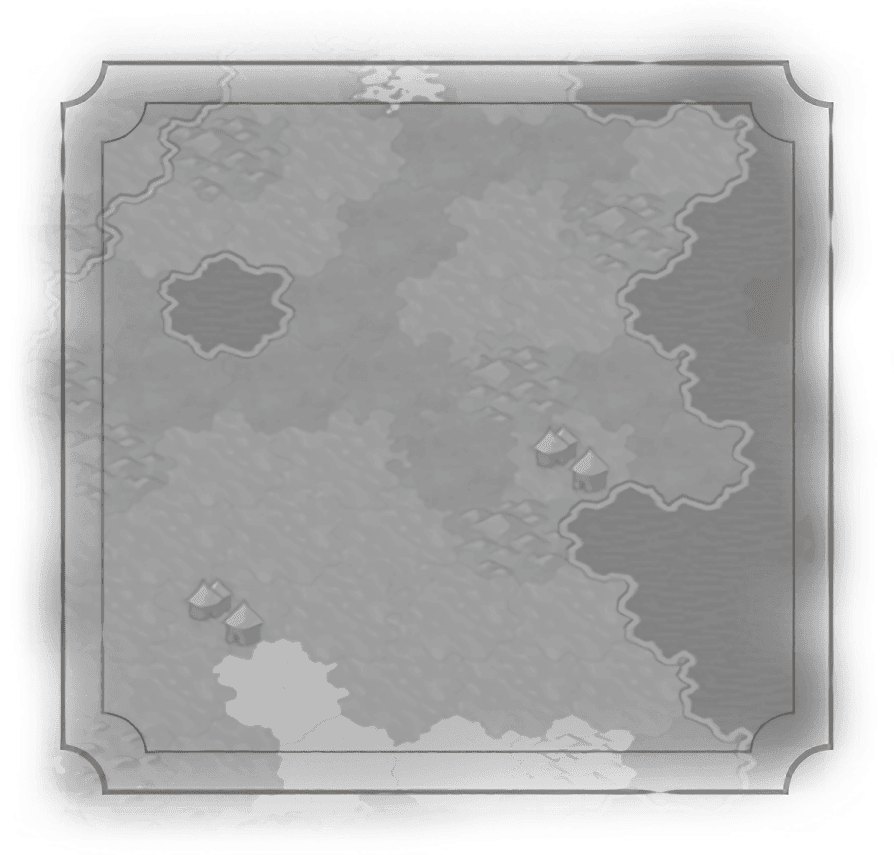Governments
Military Policies
Economic Policies
Aesthetics
Caravansaries
Civil Prestige
Collectivization
Colonization
Corvée
Ecommerce
Economic Union
Expropriation
Five-Year Plan
Free Market
God King
Gothic Architecture
Grand Opera
Heritage Tourism
Ilkum
Insulae
Land Surveyors
Liberalism
Market Economy
Medina Quarter
Natural Philosophy
Naval Infrastructure
New Deal
Online Communities
Public Transport
Public Works
Rationalism
Religious Orders
Satellite Broadcasts
Scripture
Serfdom
Simultaneum
Skyscrapers
Sports Media
Town Charters
Trade Confederation
Triangular Trade
Urban Planning
Diplomatic Policies
Great Person Policies
Golden Age Policies
Dark Age Policies
Wildcard Policies


Caravansaries
Description
+2  Gold from all
Gold from all  Trade Routes.
Trade Routes.
 Gold from all
Gold from all  Trade Routes.
Trade Routes.Historical Context
As caravan routes expanded across the Middle East, Central Asia, and North Africa, the need for places where pack animals and human handlers could pause for rest, shelter, provisions, and safety – for a fee, of course – grew. Public caravansaries were complexes built outside the walls of towns and cities; private ones usually took the form of walled enclosures in the middle of nowhere with storerooms and sleeping quarters, stables, and kitchens. The largest could accommodate hundreds of camels, mules, or horses. The oldest recorded caravansaries were found along the Persian Empire’s Royal Road, stretching some 1600 km (1000 miles) from Sardis to Susa.

Description
+2  Gold from all
Gold from all  Trade Routes.
Trade Routes.
 Gold from all
Gold from all  Trade Routes.
Trade Routes.Historical Context
As caravan routes expanded across the Middle East, Central Asia, and North Africa, the need for places where pack animals and human handlers could pause for rest, shelter, provisions, and safety – for a fee, of course – grew. Public caravansaries were complexes built outside the walls of towns and cities; private ones usually took the form of walled enclosures in the middle of nowhere with storerooms and sleeping quarters, stables, and kitchens. The largest could accommodate hundreds of camels, mules, or horses. The oldest recorded caravansaries were found along the Persian Empire’s Royal Road, stretching some 1600 km (1000 miles) from Sardis to Susa.



